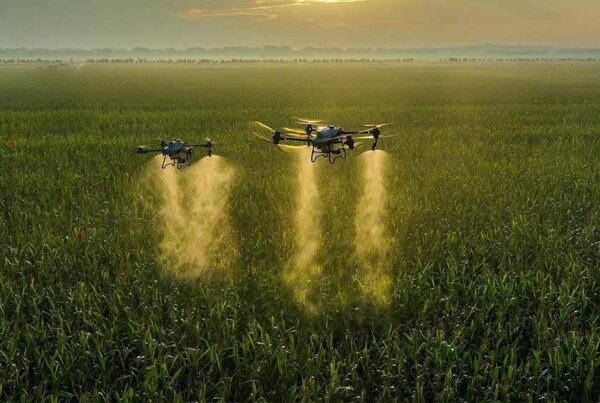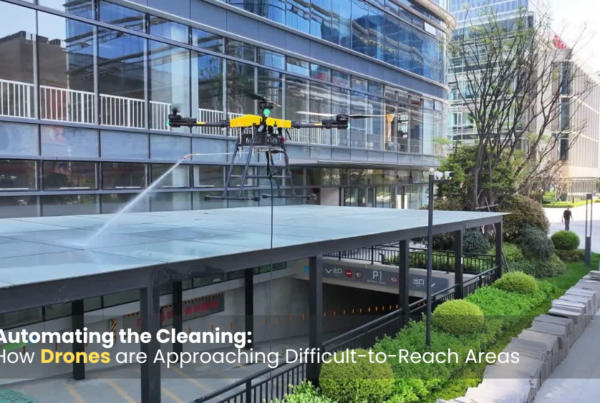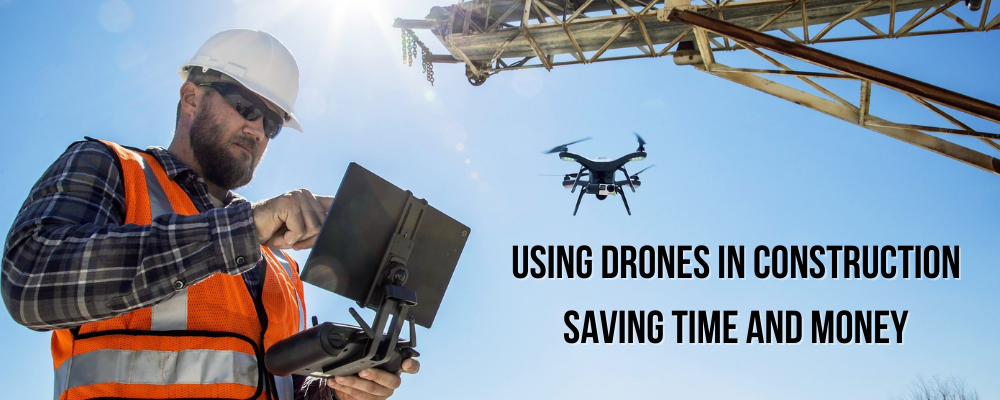
I. Introduction
A. Explanation of what drones are and how they work
B. Brief overview of the benefits of using drones in construction
C. Thesis statement outlining the main points to be discussed
II. Time-Saving Benefits of Drones in Construction
A. Surveying and Mapping
1. Explanation of how drones can quickly and accurately survey and map construction sites
2. Examples of companies using drones for this purpose and the time savings they’ve experienced
B. Inspections
1. Explanation of how drones can inspect hard-to-reach areas on construction sites
2. Examples of companies using drones for inspections and the time savings they’ve experienced
III. Cost-Saving Benefits of Drones in Construction
A. Reduced Labor Costs
1. Explanation of how drones can perform tasks that would otherwise require manual labor
2. Examples of companies using drones for this purpose and the cost savings they’ve experienced
B. Increased Efficiency
1. Explanation of how drones can improve construction efficiency by providing real-time data and analytics
2. Examples of companies using drones for this purpose and the cost savings they’ve experienced
IV. Safety Benefits of Drones in Construction
A. Reduced Risk to Workers
1. Explanation of how drones can perform tasks that would otherwise be dangerous for workers
2. Examples of companies using drones for this purpose and the safety benefits they’ve experienced
B. Improved Site Management
1. Explanation of how drones can help managers identify potential safety hazards on construction sites
2. Examples of companies using drones for this purpose and the safety benefits they’ve experienced
V. Future of Drones in Construction
A. Overview of emerging technologies and their potential impact on the construction industry
B. Discussion of how drones may be used in new and innovative ways in the future
VI. Conclusion
A. Recap of the main points discussed in the article
B. Final thoughts on the benefits of using drones in construction
C. Call to action for companies to consider incorporating drones into their construction processes
Introduction
Drones, also known as unmanned aerial vehicles (UAVs), are aircraft that are operated remotely without a human pilot on board. They are equipped with cameras, sensors, and other technology that allows them to capture high-resolution aerial imagery and data. In recent years, the use of drones has become increasingly popular in various industries, including construction. The benefits of using drones in construction are numerous, ranging from time and cost savings to improved safety and project management. In this article, we will explore the different ways in which drones can be utilized in the construction industry, including site surveying, site inspection, progress monitoring, and safety management. We will also discuss the latest drone technology available in the market, its potential for future innovation, and how construction companies can benefit from incorporating drones into their processes.
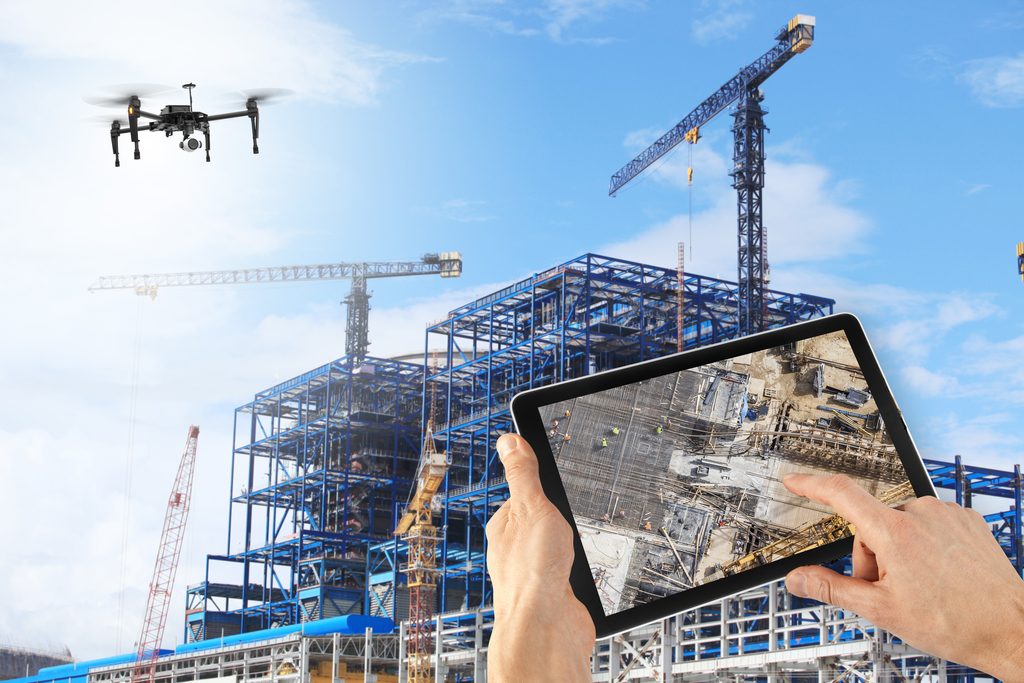
Time-Saving Benefits of Drones in Construction
One of the primary benefits of using drones in construction is the time savings they can offer. Drones can quickly and accurately survey and map construction sites, providing valuable data to construction managers and engineers. This can help to streamline the planning and design phases of a construction project, allowing for more efficient use of time and resources.
Surveying and Mapping
Drones equipped with high-resolution cameras and sensors can capture detailed images and data of construction sites from above. This information can be used to create 3D models and maps of the site, which can be analyzed by construction professionals to gain insights into the topography, terrain, and other features of the site.
By using drones for site surveying, construction companies can save a significant amount of time compared to traditional surveying methods. Surveying with a drone can be done in a matter of hours, while traditional methods can take days or even weeks. Additionally, drones can cover large areas quickly and efficiently, providing more accurate and detailed data than traditional surveying methods.
Examples of companies using drones for site surveying include Skycatch, a drone-based mapping and data analytics company, and Aerotas, which provides drone surveying services to construction companies. These companies have reported significant time savings by using drones for site surveying, with some reporting up to 90% reduction in surveying time.
Inspections
Drones can also be used to inspect hard-to-reach areas on construction sites, such as rooftops, scaffolding, and bridges. This can help construction companies to identify potential issues early on, reducing the risk of delays and cost overruns.
With a drone equipped with a professional camera, construction professionals can get a detailed view of the site and spot issues that would otherwise be difficult to detect. This can help to improve the overall quality of construction work and reduce the likelihood of costly rework.
Examples of companies using drones for inspections include PrecisionHawk, which offers drone-based inspections for the energy and construction industries, and Measure, which provides aerial inspections for infrastructure and construction projects. These companies have reported time savings of up to 50% by using drones for inspections, compared to traditional inspection methods.
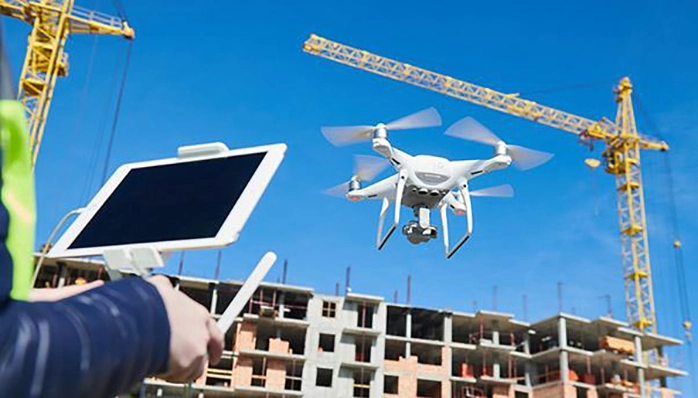
Cost-Saving Benefits of Drones in Construction
Another significant benefit of using drones in construction is the cost savings they can provide. Drones can perform tasks that would otherwise require manual labor, reducing the need for human workers and potentially lowering labor costs. Additionally, drones can improve construction efficiency by providing real-time data and analytics, allowing for more efficient use of time and resources.
Reduced Labor Costs
Drones can perform tasks such as site surveying, mapping, and inspections that would otherwise require manual labor. This can reduce the need for human workers, potentially lowering labor costs for construction companies. Drones can also work around the clock, providing 24/7 monitoring of construction sites and reducing the need for human workers to work overtime.
Examples of companies using drones for tasks that would otherwise require manual labor include DJI, a leading drone manufacturer, and DroneDeploy, which provides drone-based mapping and data analytics services. These companies have reported significant cost savings by using drones for these tasks, with some reporting up to 50% reduction in labor costs.
Increased Efficiency
Drones can provide real-time data and analytics, allowing construction professionals to make more informed decisions and improve construction efficiency. By providing real-time data on the progress of construction projects, drones can help construction managers to identify potential issues and address them before they become major problems.
Drones can also be used to monitor construction sites for safety violations, reducing the risk of accidents and potentially lowering insurance costs for construction companies.
Examples of companies using drones for improved construction efficiency include Hensel Phelps, a construction company that uses drones for site monitoring and progress tracking, and Bechtel, which uses drones for site inspections and quality control. These companies have reported significant cost savings by using drones for these purposes, with some reporting up to a 20% reduction in project costs.
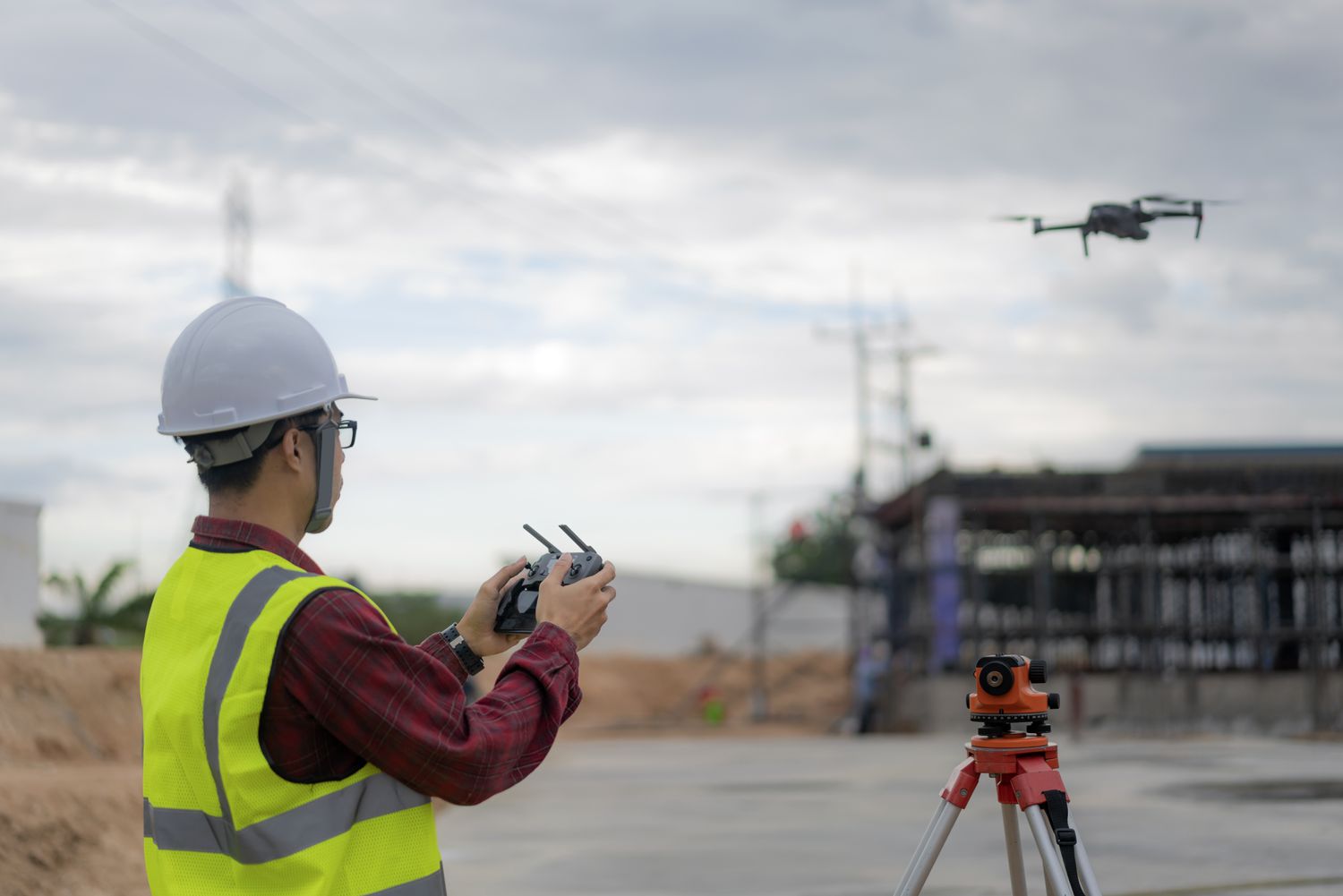
Safety Benefits of Drones in Construction
In addition to their time and cost-saving benefits, drones also provide significant safety benefits in the construction industry. Drones can perform tasks that would otherwise be dangerous for workers, reducing the risk of accidents and injuries on construction sites. Drones can also help construction managers identify potential safety hazards on construction sites, allowing for proactive safety measures to be taken.
Reduced Risk to Workers
Drones can perform tasks such as inspections, mapping, and surveying that would otherwise be dangerous for workers. For example, drones can be used to inspect tall buildings or bridges, reducing the need for human workers to climb to dangerous heights. This can help reduce the risk of accidents and injuries on construction sites.
Examples of companies using drones for tasks that would otherwise be dangerous for workers include Skycatch, a company that provides drone-based surveying and mapping services, and CyPhy Works, which provides drone-based inspections for oil and gas infrastructure. These companies have reported significant safety benefits by using drones for these tasks, with some reporting up to 50% reduction in safety incidents.
Improved Site Management
Drones can also help construction managers identify potential safety hazards on construction sites. By providing real-time data and imagery of construction sites, drones can help identify potential safety hazards such as uneven terrain, unstable structures, or hazards such as loose debris or materials. This allows for proactive safety measures to be taken before accidents or injuries occur.
Examples of companies using drones for improved site management include AECOM, a multinational engineering firm that uses drones for site inspections and monitoring, and Skanska, a leading construction company that uses drones for safety inspections and site management. These companies have reported significant safety benefits by using drones for these purposes, with some reporting up to an 80% reduction in safety incidents.
Future of Drones in Construction
While the benefits of using drones in construction are already significant, the future holds even more potential for this technology. Emerging technologies such as artificial intelligence, machine learning, and 5G connectivity are likely to have a significant impact on the construction industry, and drones will be at the forefront of this transformation.
Overview of Emerging Technologies
Artificial intelligence and machine learning will enable drones to perform even more complex tasks, such as identifying structural defects and predicting maintenance needs. 5G connectivity will enable drones to transmit data in real time, providing construction managers with up-to-date information about their projects. These technologies will also enable drones to work in concert with other robotic devices, such as autonomous bulldozers and excavators, to streamline construction processes even further.
Innovative Uses of Drones
In the future, drones may be used innovatively to improve construction processes even further. For example, drones equipped with sensors and cameras could be used to monitor construction material inventories in real time, ensuring that supplies are always available when needed. Drones could also be used to 3D map construction sites, enabling architects and engineers to design buildings with greater precision and accuracy.
Another potential use for drones in construction is in disaster response. Drones equipped with thermal cameras and other sensors could be used to locate survivors in disaster zones, while also providing real-time data on the condition of buildings and infrastructure.
Overall, the future of drones in construction is bright, and we can expect to see even more significant innovations and advancements in the coming years. As construction companies continue to adopt this technology, we can expect significant improvements in efficiency, safety, and cost-effectiveness in the construction industry.
Conclusion
In conclusion, drones are revolutionizing the construction industry by providing a range of benefits, including time savings, cost savings, and improved safety. Drones can quickly and accurately survey and map construction sites, inspect hard-to-reach areas, and perform tasks that would otherwise require manual labor. Additionally, drones can improve construction efficiency by providing real-time data and analytics, and can identify potential safety hazards on construction sites.
As we look to the future, emerging technologies such as artificial intelligence, machine learning, and 5G connectivity will enable drones to perform even more complex tasks and work in concert with other robotic devices to streamline construction processes even further. Drones could also be used in new and innovative ways to improve construction processes, such as monitoring construction material inventories and aiding in disaster response.
In light of these benefits, we encourage construction companies to consider incorporating drones into their construction processes. Doing so can lead to significant improvements in efficiency, safety, and cost-effectiveness, ultimately resulting in better outcomes for both construction companies and their clients.
Popular tags
Drones for construction industry, Drones for construction sites, Applications of drone cameras

